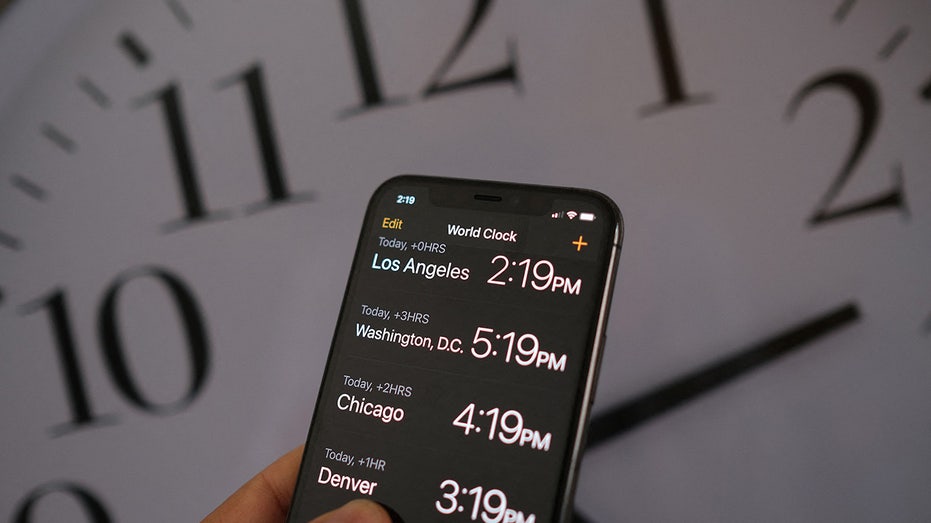The ritual of turning back the clocks has once again stirred a familiar frustration across the nation, but this year, a growing chorus in Congress is determined to make it the last. Representative Vern Buchanan is leading the charge, convinced that Americans have had enough of the twice-yearly disruption to their routines and well-being.
Buchanan, alongside Senator Rick Scott, has reintroduced legislation aiming to finally abolish the practice of changing clocks. He reports encouraging discussions with key leaders, hinting at potential hearings and action on the bill – a significant step forward in a debate that has lingered for years.
Despite a current government shutdown dominating Capitol Hill, momentum for change persists. Lawmakers increasingly view ending the clock-switching as a simple, beneficial adjustment for the country, a “no-brainer” solution to a long-standing annoyance.
The proposed “Sunshine Protection Act” would establish Daylight Saving Time as the permanent standard, effectively extending daylight hours year-round. The bill already boasts substantial bipartisan support, with 18 Senate cosponsors and 29 in the House, demonstrating widespread appeal.
The history of Daylight Saving Time dates back to World War I, initially implemented as a patriotic measure to conserve energy and maximize the workday. It was a wartime effort, a small sacrifice to bolster resources during a critical period.
Today, however, the biannual time shift is seen by many as a detriment, not a benefit. Representative Jay Obernolte points to research linking the change to increased traffic accidents, disrupted student performance, and negative health impacts – a far cry from its original intent.
This isn’t the first attempt to address the issue. In 2017, the Senate unanimously advanced a similar bill, only to see it stall in the House under then-Speaker Nancy Pelosi. Past failures, according to Representative Buddy Carter, were simply a matter of prioritizing other pressing legislative matters.
Recent attempts to expedite the process, like Senator Scott’s push for unanimous consent, have been blocked. Senator Tom Cotton voiced concerns about the impact on children in his state, who would potentially be forced to attend school in darkness during winter months under permanent Daylight Saving Time.
Public opinion, however, leans towards change. A recent Gallup poll reveals that 54% of Americans support eliminating the time-switching, while only 40% favor continuing the current system. The desire for a simpler, more consistent approach is clearly gaining traction.
The core debate isn’t necessarily *whether* to end the clock changes, but *which* time to adopt permanently. Some favor the longer daylight hours of Daylight Saving Time, while others prefer the alignment with natural light cycles offered by standard time. This internal debate has historically hampered progress.
Regional preferences also play a role. Representative Erin Houchin reports overwhelming support for ending the changes in her rural, agricultural district, where a consistent schedule would improve safety and provide farmers with more daylight for their work.
While many Republicans express support for the idea, it doesn’t always rank as a top priority. Representative Eric Burlison, for example, is focused on issues like healthcare reform and deregulation, acknowledging the time-change issue but placing it lower on his agenda.
Ultimately, the fate of the Sunshine Protection Act remains tied to the ongoing government shutdown, which has brought legislative considerations to a standstill. The Senate’s repeated rejection of spending legislation further complicates the path forward, leaving the future of our clocks uncertain – for now.






